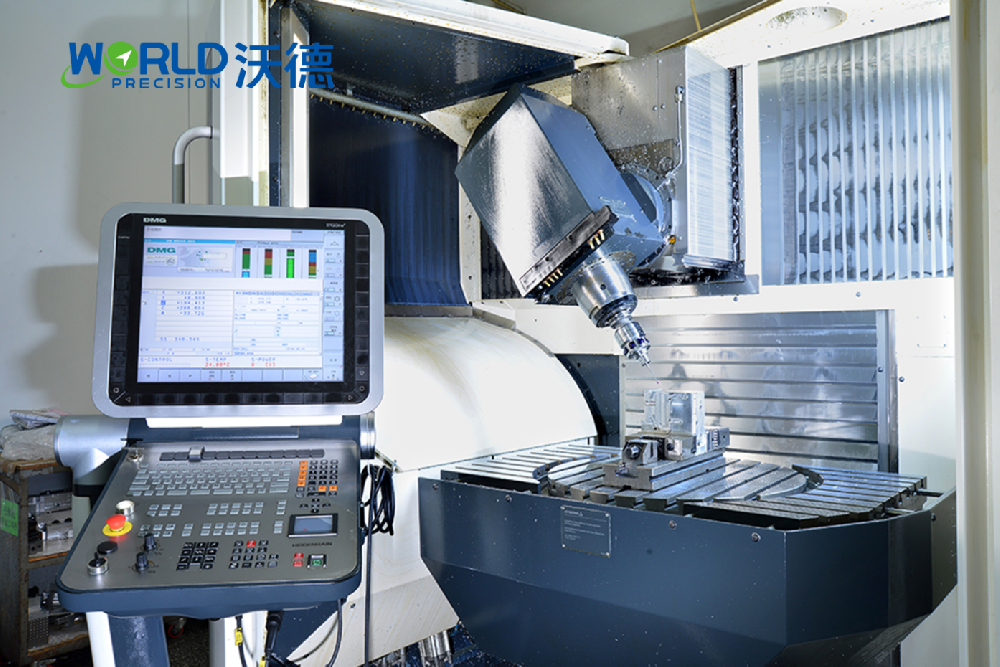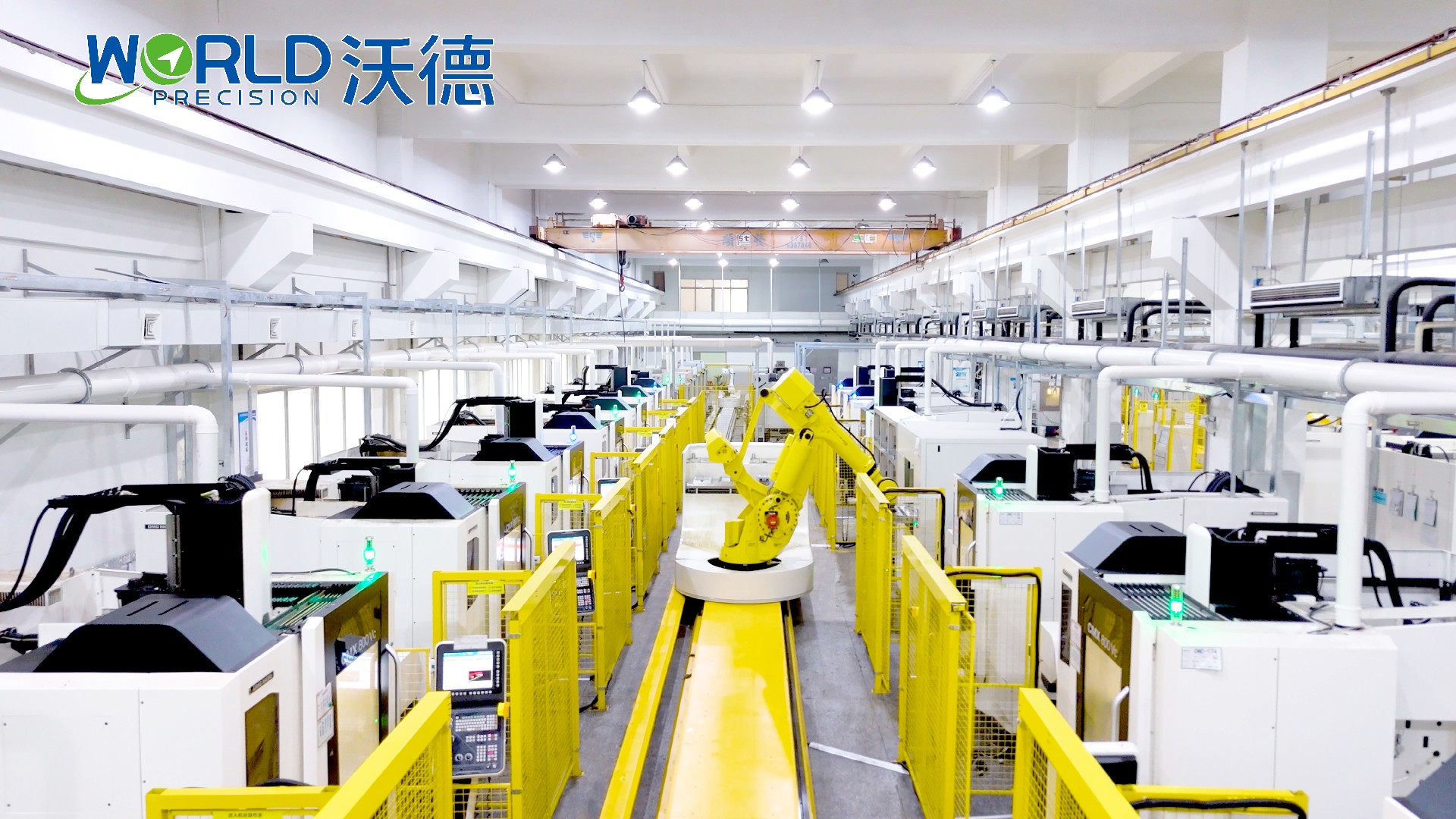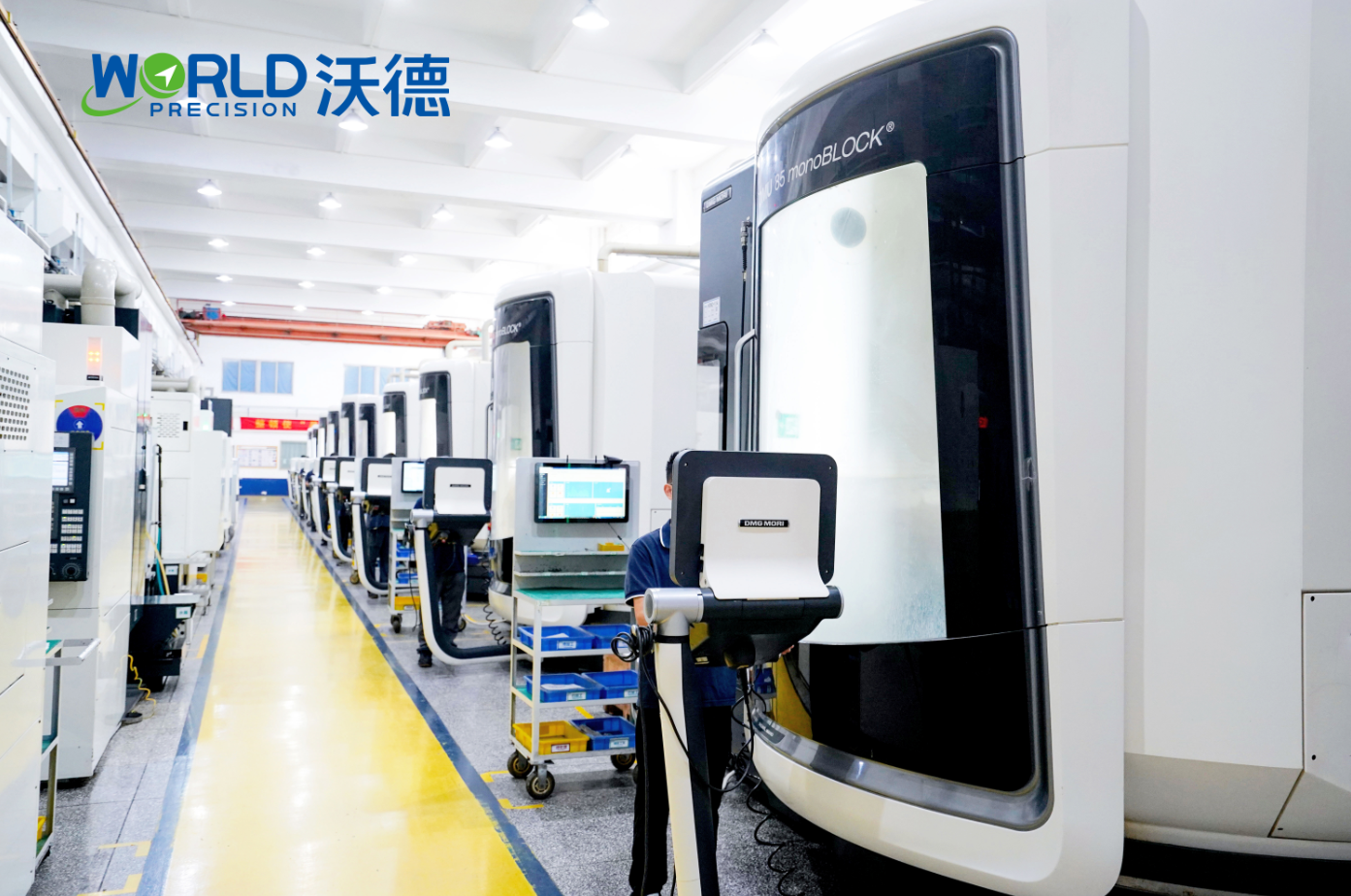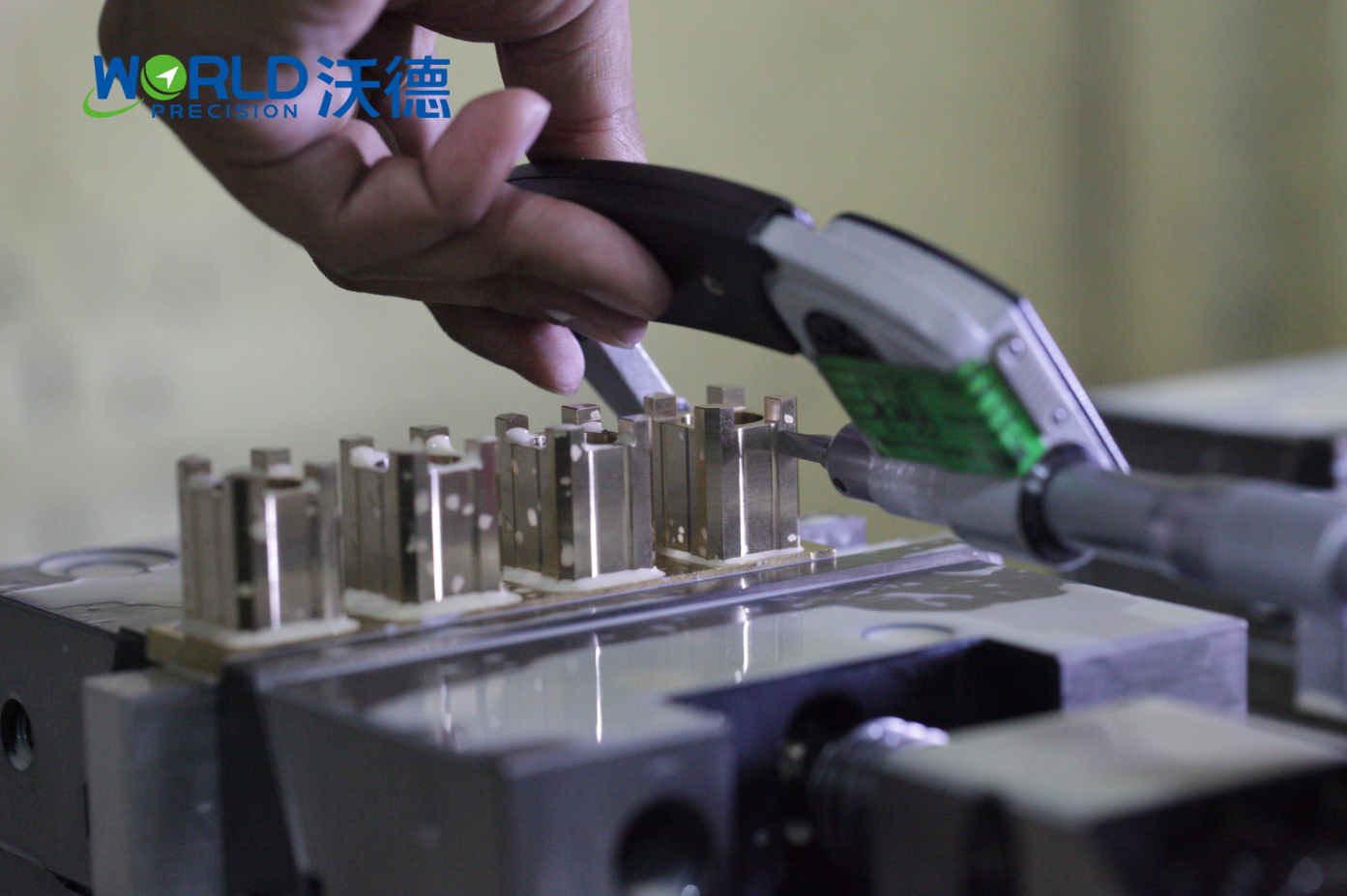With the global aerospace industry now exceeding $100 billion, innovation is driving the field towards maturity. The industry has always been at the forefront of new manufacturing practices and cutting-edge technologies, and aerospace CNC machining has become a key part of it.
When creating parts for aircraft or related systems, safety is of course a top priority. No matter what aerospace project you work on, every aircraft component must meet the industry's highest standards, leaving no room for human error. From the finest internal details to the aircraft's external structure, any minor flaw or inconsistency could have catastrophic consequences.

Definition of Aerospace CNC Machining
Aerospace CNC machining is a process that uses computer numerical control technology (CNC) to accurately manufacture and process parts and components in the aerospace field. In this process, the movement of the machine tool and the cutting path of the tool are controlled by a pre-written precise program to process the raw material into parts with specific shapes, sizes and precision requirements.
Aerospace CNC machining covers a variety of machining methods, such as milling, turning, drilling, grinding, etc., and can process a variety of high-performance materials, including but not limited to titanium alloys, high-temperature alloys, high-strength aluminum alloys, etc.
These parts typically have complex geometries, strict tolerance requirements, and high reliability standards to meet the high performance and safety needs of aerospace vehicles in extreme environments.
For example, key components of aircraft engines and structural parts of spacecraft all rely on aerospace CNC machining to achieve high-quality and high-precision manufacturing. Ward Precision Technology can strictly follow strict industry standards and continue to promote the innovation and development of aerospace CNC machining technology. With the help of aviation-grade metals or plastics, it can produce aerospace CNC machining prototypes and parts for aerospace companies.

Precision machining technology for aerospace parts
| Three-axis CNC machining
3-axis CNC machining can meet most of the requirements of the aerospace industry. It is a reliable mainstay for manufacturing parts, capable of accurately manufacturing aerospace machined parts, producing minimal dust and noise, and is usually easy to use. At the same time, it can be used with various components and materials, including carbon fiber, aluminum, and stainless steel. One of the significant advantages of 3-axis machining is the ability to produce parts at extremely high speeds and process parts on very flat surfaces.
| Five-axis CNC machining
5-axis CNC machining can produce complex aircraft components, allowing the part to be milled, drilled, and moved along X, Y, Z, and rotational planes. These operations can be performed simultaneously without fixturing or reconfiguration. Parts with complex geometries or hollow sections are valuable in the aircraft industry because it helps products become lighter without compromising their quality or performance.

Common Aerospace CNC Machining Materials
| High-performance plastics
Although metal parts have more uses in the functional structure of aircraft, many interior parts are still made of polymer materials. Compared with metals, these polymer materials are much lighter and can be used to produce parts such as interior wall panels, wiring ducts, aircraft doors, bearings, etc. They are aviation-grade plastics that are strong, lightweight and meet fire protection standards. CNC machining produces strong and lightweight complex parts suitable for the aerospace industry. For example, PEEK and other high-performance polymers can be used to manufacture these components.
| Light Metal
CNC machined materials used by aerospace companies must possess two specific characteristics: strength and weight. Despite their prowess, steel and other strong metals are not the best materials for most parts. Their weight causes aircraft to use more fuel and costs more. Therefore, the aerospace industry considers strong and lightweight metals such as titanium and aluminum alloys. Titanium is about 50% lighter and 30% stronger than steel. It also has excellent corrosion and high temperature resistance, making titanium CNC machining ideal for exterior and operational aircraft parts. Aluminum is lighter than titanium and only about half as durable. However, this highly machinable metal is cheaper than titanium, so it is also suitable for a variety of aviation parts.

In summary, aerospace CNC machining technology has become a powerful driving force for the continuous advancement of the aerospace field with its excellent high precision, high efficiency and high reliability. Looking to the future, with the continuous innovation of technology and the continuous increase in market demand, aerospace CNC machining will surely play a more critical and core role in the aerospace field, helping humans to bravely explore and move towards a wider universe.
